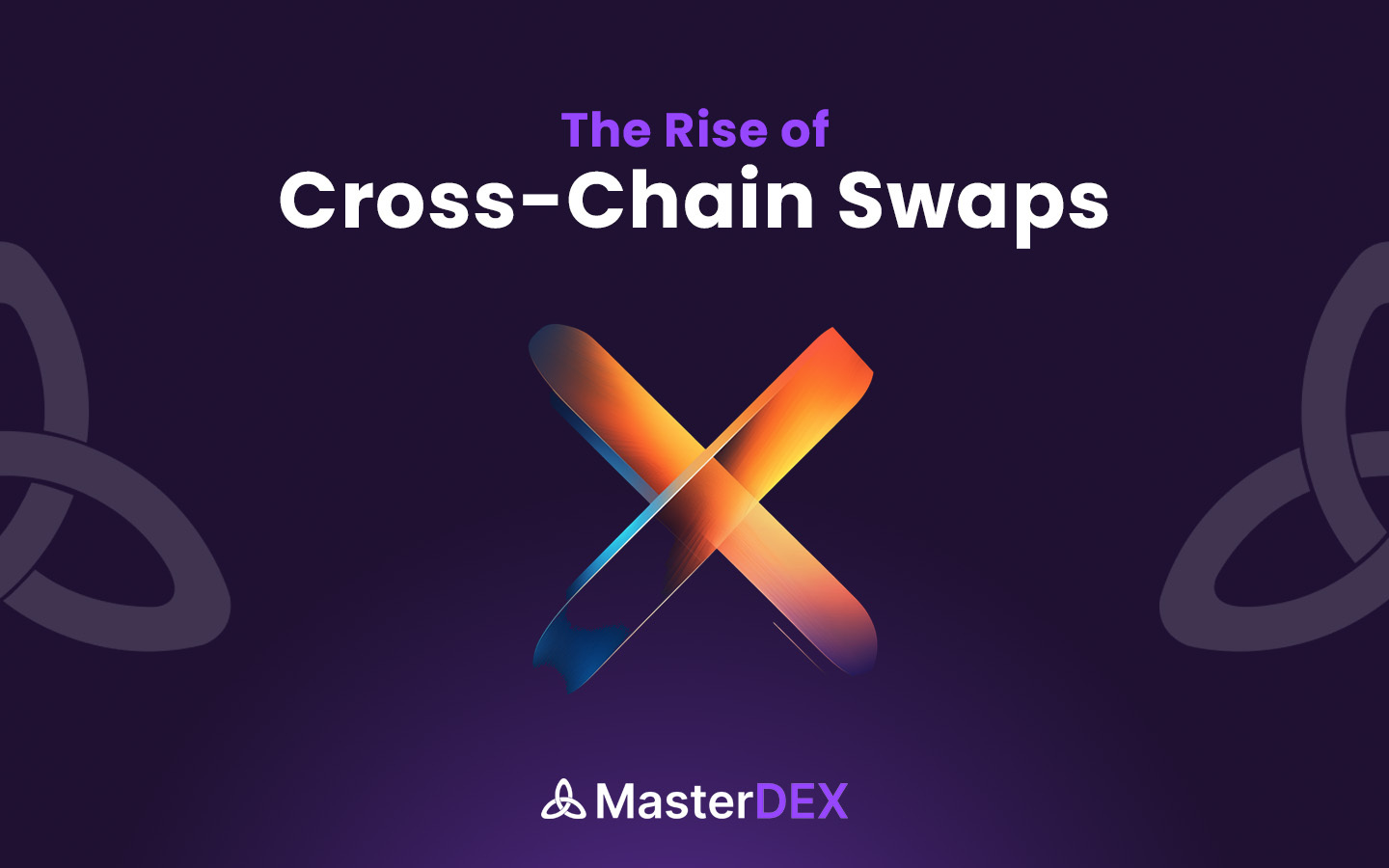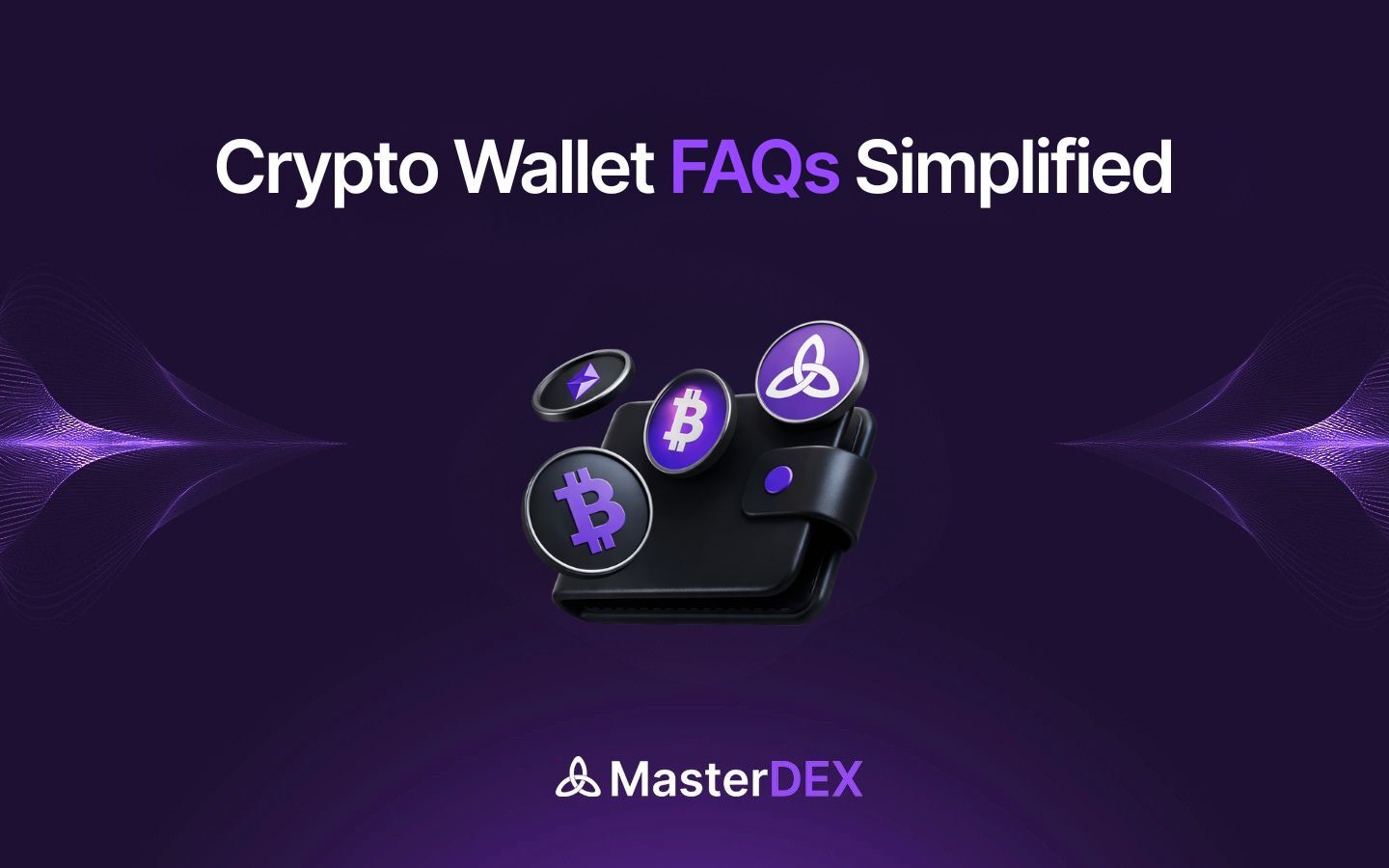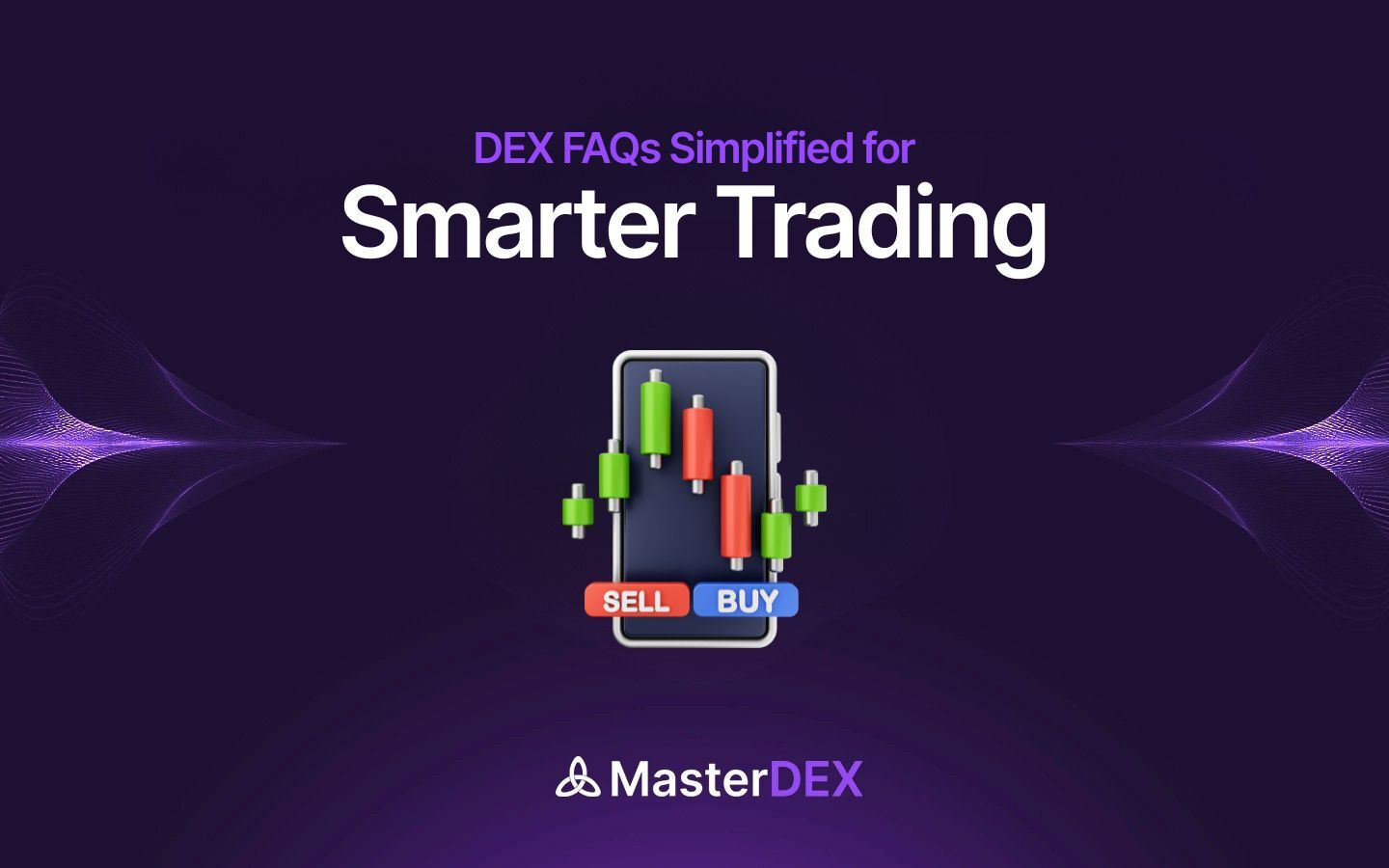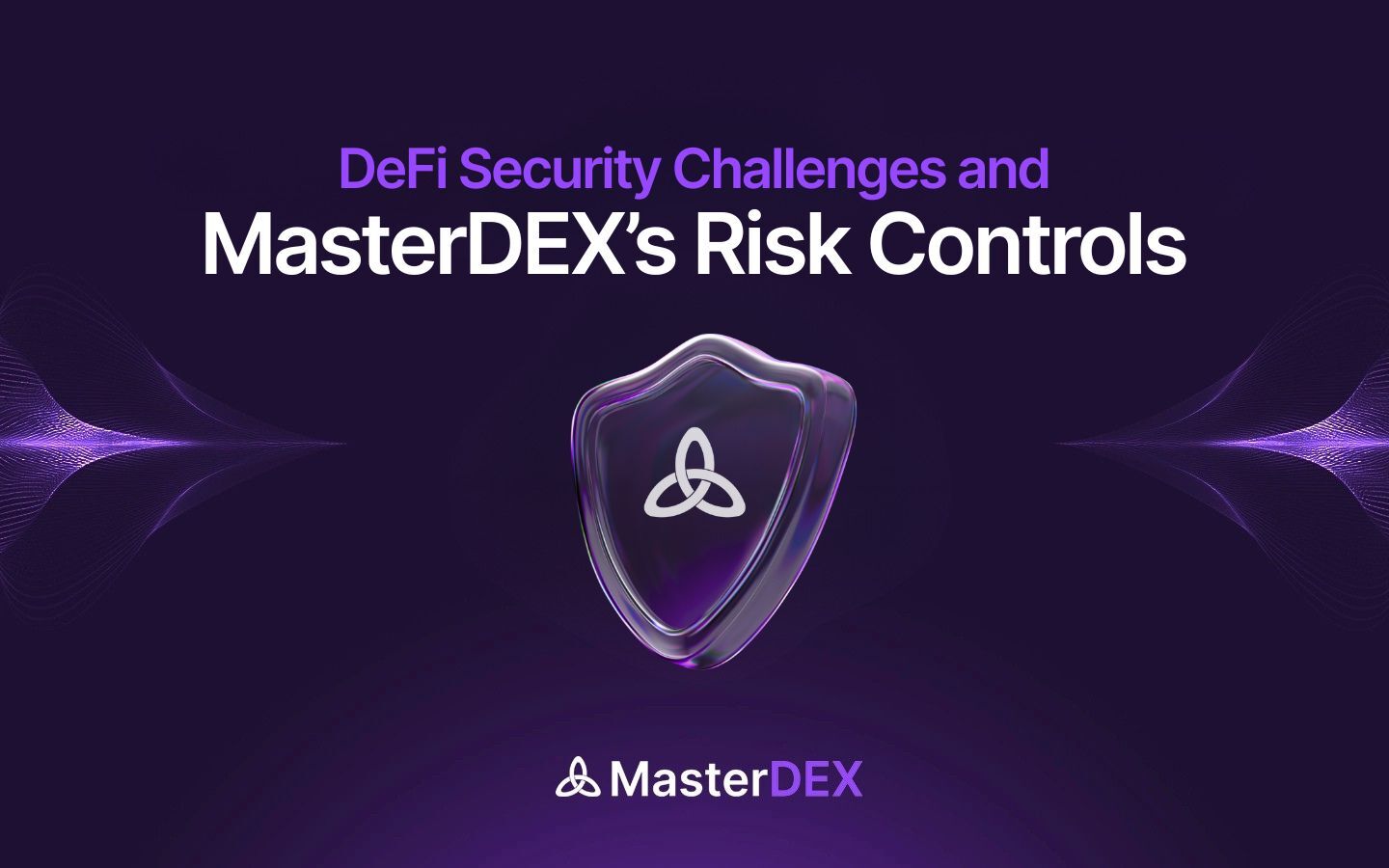If you are wondering what are cross- chain swaps and how they work, you have landed on the right page. In this article, we’ll explore what cross-chain swaps are, their working mechanism, the pivotal role of decentralized exchanges, and the limitations they face. But before diving in, let’s first look at how cross-chain swaps emerged and the problem they aim to solve.
Table of Contents:
ToggleThe Emergence of Cross-Chain Approach
Blockchains were initially designed to work independently. While this approach worked well in the early days, the expanding and complex crypto ecosystem highlighted the need for greater interaction between different chains. A lack of interoperability restricted users’ ability to move their data and assets between blockchains, resulting in inefficiency and confined innovation.
This scenario led to the emergence of interoperability as a solution, allowing diverse networks to communicate, seamlessly exchange data, and potentially even execute smart contract functions across chains. This fosters a more interconnected and dynamic crypto landscape.
When it comes to implementing interoperability between blockchains, two different approaches exist: cross-chain and multichain. Let’s stick to crypto cross-chain functionality and get started!
Understanding Cross-Chain Swaps
Cross-chain swaps are an innovative solution enabling users worldwide to exchange tokens from one blockchain for tokens on another seamlessly and efficiently. This process involves transferring assets between two independent blockchains without relying on centralized intermediaries. Using smart contracts, users can directly trade assets across chains in a secure, trustless manner. The system leverages advanced cryptographic techniques to ensure transaction integrity and security, eliminating the need for third-party involvement.
Cross-chain swaps address the challenges of isolated blockchain networks by fostering interoperability, unlocking new possibilities for decentralized finance and enhancing the overall blockchain ecosystem. This mechanism provides a significant step toward breaking down the barriers of siloed blockchains, creating a more interconnected and accessible crypto landscape.
Working Mechanisms of Cross-Chain Technology
Cross-chain solutions typically involve validating the state of the source blockchain and relaying the subsequent transaction to the destination blockchain. Both of these functions are required to complete most cross-chain interactions.
A critical component in this process is the cross-chain bridge, which facilitates the movement of tokens between blockchains. This typically involves locking or burning tokens on the source chain using a smart contract and subsequently unlocking or minting equivalent tokens on the destination chain. Essentially, a cross-chain bridge functions as a communication protocol focused on the specific task of token transfers. Due to their targeted nature, these bridges are often designed as application-specific tools connecting two blockchains.
Beyond basic bridges, programmable token bridges enable a wider range of operations, such as token swaps, lending, staking, or even complex multi-function transactions. Additionally, generalized data messaging protocols open the door to advanced cross-chain applications, supporting the development of decentralized exchanges, money markets, NFTs, games, and other innovative dApps across multiple blockchain networks. These technologies are instrumental in driving the evolution of an interconnected and versatile blockchain ecosystem.
The role of Decentralized Exchanges in Cross-Chain
Decentralized Exchanges (DEXs) play a pivotal role in enabling cross-chain swaps, acting as the foundation for seamless, secure, and trustless trading across blockchain networks. Unlike centralized exchanges that rely on intermediaries, DEXs leverage smart contracts to execute peer-to-peer transactions, eliminating the need for custodial control.
In the context of cross-chain swaps, DEXs integrate advanced interoperability protocols like atomic swaps, hash time-locked contracts (HTLCs), and bridging technologies. These tools ensure that users can trade assets from one blockchain to another without transferring their funds to a third party. This non-custodial approach significantly enhances security, as users retain complete control over their private keys.
Moreover, DEXs facilitate liquidity pools that span multiple blockchains, allowing users to access a wide range of assets. This accessibility encourages greater adoption of decentralized finance (DeFi) while promoting a truly interconnected blockchain ecosystem.
By eliminating the barriers of blockchain silos, DEXs enable seamless token swaps, reduce dependency on centralized exchanges, and promote transparency. Their decentralized nature ensures that cross-chain swaps are not only efficient but also aligned with the core ethos of blockchain—empowering users with control, privacy, and autonomy. Thus, DEXs are critical in shaping a future where blockchain networks coexist and thrive together.
MasterDEX, a trailblazer in the decentralized finance (DeFi) space, has rapidly established itself as a transformative force in the world of digital assets. Combining the power of Artificial Intelligence(AI), Web3, and community, this decentralized exchange platform embodies the essence of DeFi innovation. For more, Check out MasterDEX now!
Navigating the Limitations
Cross-chain swaps, while innovative, come with limitations. Interoperability remains a significant challenge, as not all blockchains are designed to communicate seamlessly. Protocols like atomic swaps or HTLCs are complex, making implementation resource-intensive. Additionally, cross-chain solutions often support limited assets, restricting trading options.
Liquidity constraints can lead to slippage or failed transactions, while varying blockchain speeds may cause delays. High transaction fees, especially on congested networks, can further deter users. Security risks, such as vulnerabilities in smart contracts or bridging protocols, pose threats to funds.
Regulatory concerns also arise, as cross-border transactions face differing legal frameworks. For non-technical users, the process can be intimidating, hindering widespread adoption. Lastly, scalability issues may emerge as demand for cross-chain functionality grows.
Despite these restrictions, cross-chain swaps remain a key driver for blockchain interoperability and decentralized finance.
Concluding Lines
Cross-chain technology is transforming blockchain interoperability by enabling seamless asset transfers and communication across networks. Using tools like cross-chain bridges, atomic swaps, and advanced messaging protocols, it eliminates the limitations of isolated blockchains, fostering accessibility, security, and innovation for dApps in areas like finance, gaming, and NFTs.
The future of cross-chain technology is promising, with advancements poised to address current challenges like scalability, liquidity, and regulatory compliance. As more blockchains adopt interoperability solutions, we can expect a more unified ecosystem where users can seamlessly interact across networks. This evolution will drive the growth of DeFi, multi-chain dApps, and broader Web3 adoption, ultimately reshaping the digital economy into a connected, efficient, and borderless infrastructure.



